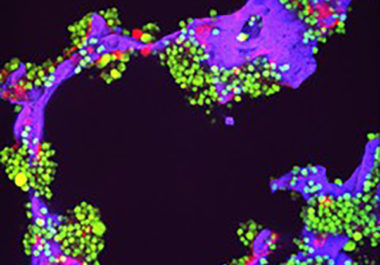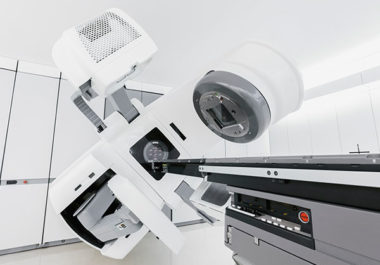
February 28, 2020: The Week in Cancer News
Researchers find a possible explanation for the link between certain gut bacteria and colorectal cancer and other cancer news of the week from Cancer Today magazine staff.


Researchers find a possible explanation for the link between certain gut bacteria and colorectal cancer and other cancer news of the week from Cancer Today magazine staff.

Tracking health problems in young cancer survivors and other cancer news of the week from Cancer Today magazine staff.

Circulating tumor DNA (ctDNA) was first detected over 30 years ago, but its potential uses for cancer diagnosis and treatment are only recently being extensively explored. An emerging method known as liquid biopsy examines ctDNA, cell-free DNA (cfDNA), or circulating tumor cells in blood plasma samples to learn about the patient’s cancer without needing to resect tissue from the tumor itself, as is typically required in traditional diagnostic and staging methods. Liquid biopsy could, therefore, provide a minimally invasive technique to detect and characterize cancer and to monitor its response to treatment.

February is National Cancer Prevention Month. We recently had the opportunity of speaking with American Association for Cancer Research (AACR) Past President William Hait, MD, PhD, a leading expert in cancer prevention and interception. Hait, who is a Fellow of the AACR Academy and the current AACR treasurer, forecasted several key areas of advancement in this field. In this excerpt from our previous post, Hait shares his predictions for cancer prevention and interception research in 2020.

A study illuminates the alcohol consumption habits of cancer survivors.

Medical oncologist and lung cancer expert Roy S. Herbst, MD, PhD, discusses early data on drugs that target a mutated form of the KRAS protein

A roundup of the week in cancer research news from the staff of Cancer Today magazine.

The number of cancer patients and survivors visiting emergency departments for opioid overdoses more than doubled between 2006 and 2015, but overdoses are still uncommon in this group.

Thanks to a wave of newly approved therapies in the past two decades, survival rates for multiple myeloma have increased dramatically. Still, the cancer research community is concerned about disparities in patient care. African Americans are disproportionately affected by multiple myeloma, having a two- to three-fold higher incidence of multiple myeloma compared with whites and representing 20 percent of the multiple myeloma patients in the U.S. Despite this difference in incidence, African Americans have historically been underrepresented in clinical trials for multiple myeloma therapies.

A study shows that some cancer patients wish they had known more about possible adverse effects of treatment.